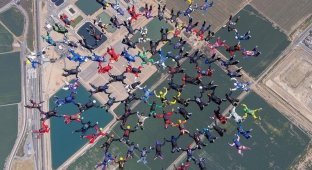“Sex raft” is an experiment by an anthropologist who wanted to prove the cruelty of people, but could not (9 photos + 1 video)
What happens if you put 5 young men and 6 women, strangers to each other, on a small raft and set them on a voyage for 101 days? This strange experiment was conducted by Mexican anthropologist Santiago Genovés in the early 70s. Participants in this daring project had to cross the Atlantic Ocean on an Acali raft measuring 12 by 7 meters. The scientist called the experiment the “Peace Project,” but journalists immediately gave it a different name—“Sex Plot.” 
Genoves's goal was to study the behavior of people in extreme situations. Participants broke ties with the world and went to meet the unknown in the company of people they did not know before. During the voyage, they had to film what was happening with movie cameras, keep diaries and fill out tests on various topics - from personal relationships (who you like and who you don't) to masturbation.
When asked by journalists why it is impossible to conduct an experiment by simply isolating participants from the outside world, for example, in a forest, Santiago Genoves replied:
“You can't do this kind of experiment on land because people might escape. We want to see how much a person can really endure.” 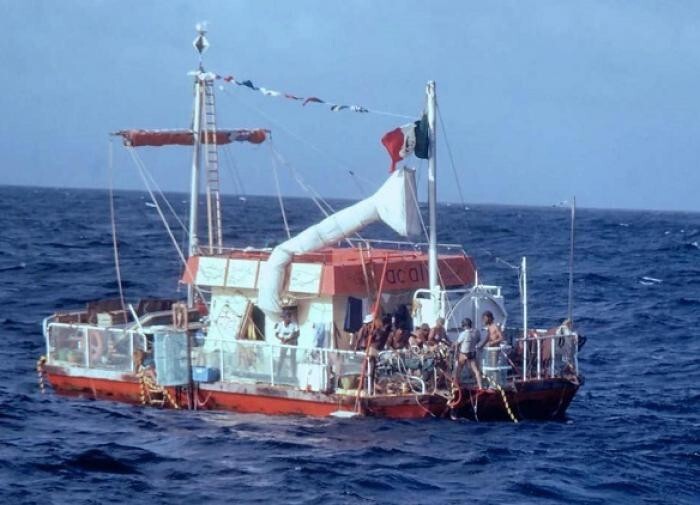
The scientist posted advertisements about the competition for applicants. Suddenly, thousands of people responded to them. But Genoves had strict requirements for future sailors. They had to be married and agreed to leave the family for a while. Participants were between 25 and 40 years old and had to be sexually attractive. And the most important requirement is diversity. Men and women were selected from different races and backgrounds. 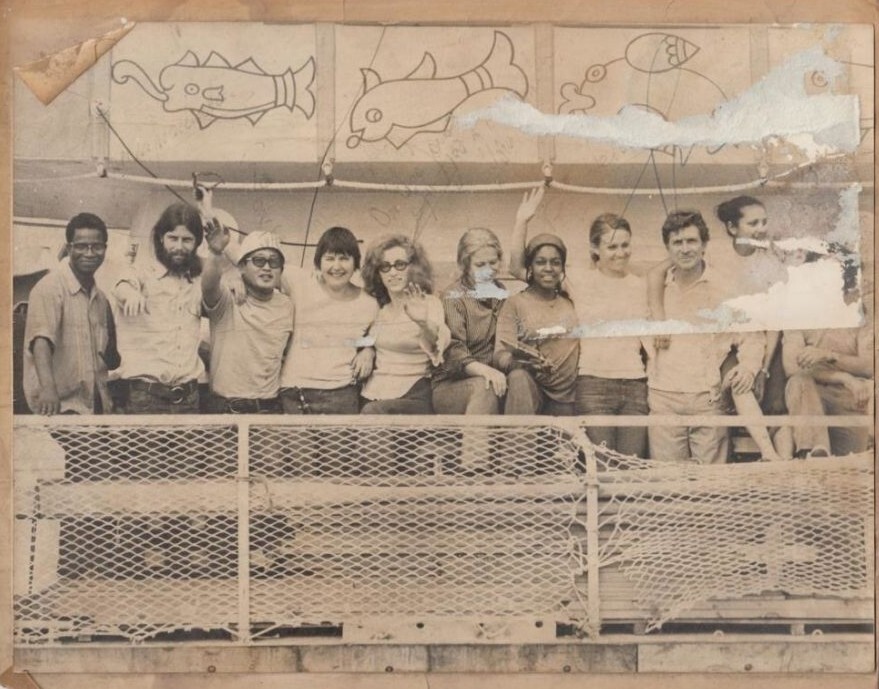
And the anthropologist also had an insidious plan. He wanted to put women at the head of a small team. Yes, so much so that it would be impossible to do without them. He succeeded. The captain was Swede Maria Bjornstam, the only doctor was a woman from Israel, and the third important expert for everyone was a French scuba diver.
Also on the raft were an attractive priest from Angola, a Japanese photographer and a woman from the United States who wanted to escape an abusive relationship. The rest of the participants were also very different. The eleventh in the team was the scientist himself. The treacherous Santiago created special conditions on the raft under which privacy was almost impossible.
To go to the toilet, you had to climb onto a structure hanging over the water and relieve yourself in front of the other participants in the experiment. Moreover, there were no books on board, and the scientist categorically forbade reading. Men and women had no choice but to engage in all sorts of daily maritime activities. In their free time, of which there was plenty, they had to communicate with each other and pour out complaints about life in diaries. 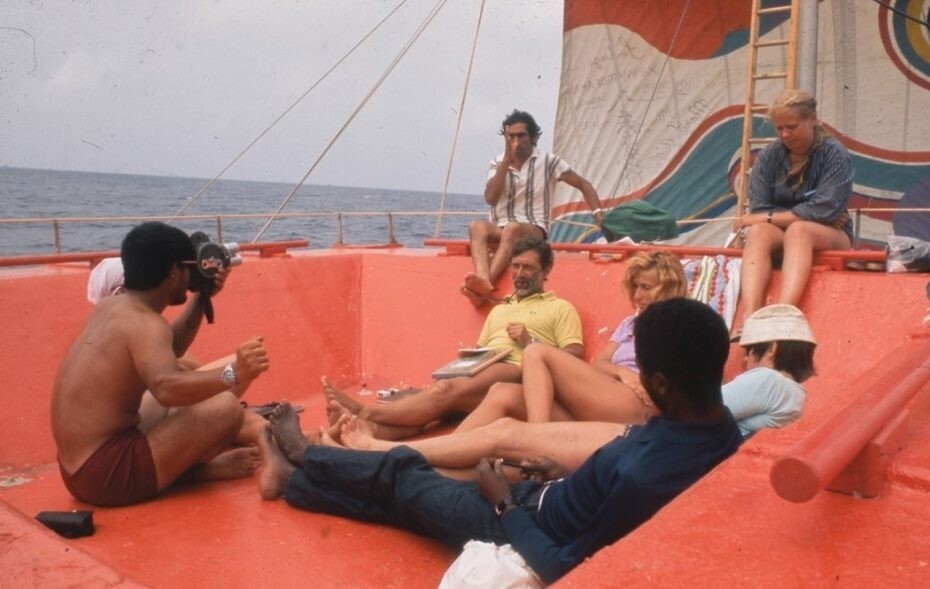
Journalist Stuart Jeffries of the Guardian later noted that Genoves made every effort to ensure that conflicts arose every now and then on board. In such difficult conditions, a company of 11 people had to sail from the Spanish city of Las Palmas de Gran Canaria and reach the Mexican Yucatan Peninsula. The journey was supposed to take approximately 101 days. 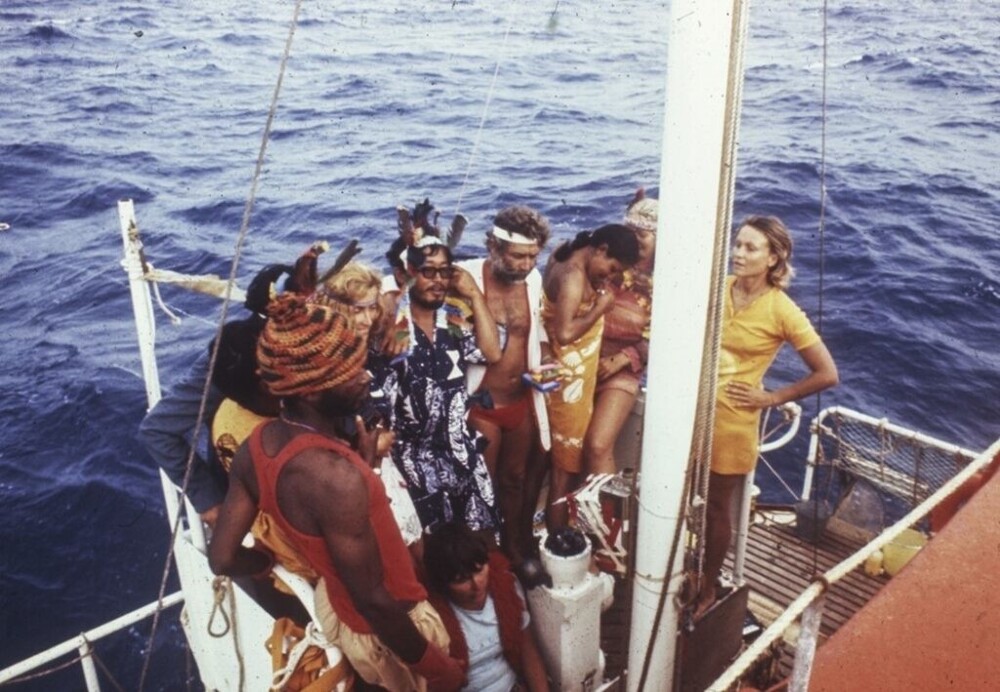
Before the raft experiment, Santiago spent many years studying aggression in primates. Actually, he expected that very soon the participants in the experiment would begin to conflict with each other, and the raft would become a place where cruelty and depravity reigned. However, people communicated with each other quite peacefully and quickly became friends.
The anthropologist expected aggression during the experiment and seemed to see it where there was none. When the expedition members caught a shark, he made the following entry:
“Crowd madness! They act as part of a dangerous collective!”
However, if you look impartially at the video footage that the travelers filmed during that fishing trip, you won’t notice any madness. People simply butcher the shark to make food for themselves. 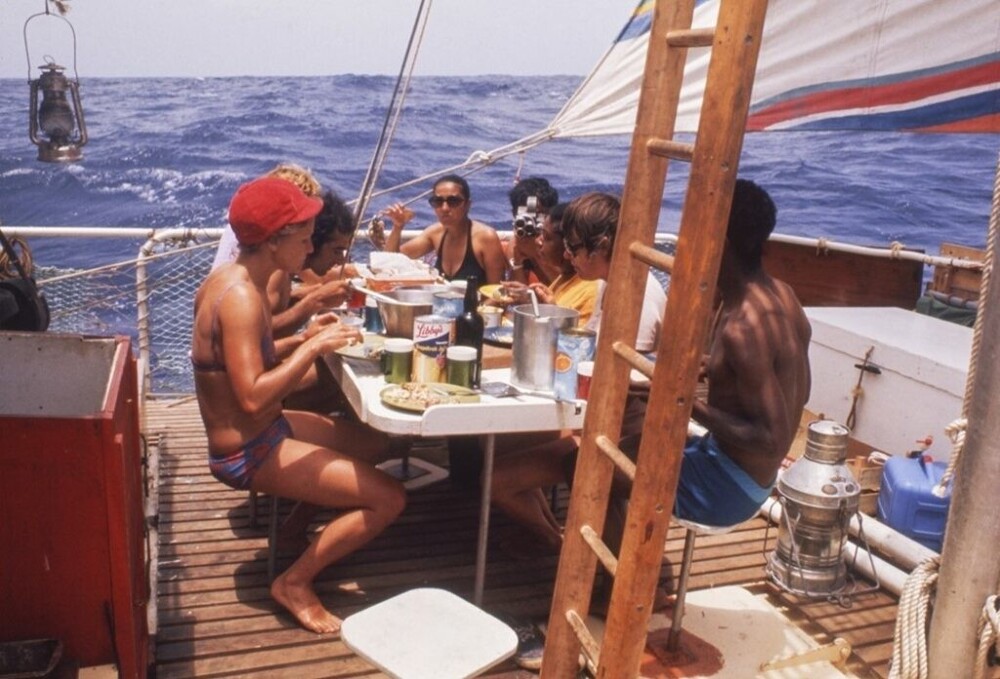
The journey was a difficult challenge for all participants. But people perceived the experience differently. One of the women, African-American Fe Seymour, spoke in a later documentary about strange thoughts about slave ships:
“I sat on the starboard side and looked at the water. I started to hearhow their voices come from there... Suddenly I heard my ancestors calling me. They could feel me floating above their bodies and tragedies. It was one of the best things that happened to me."
Yes, there were also plenty of piquant moments, because of which the experiment was called “Sex Raft” behind the scenes. People did have sex with each other, but rather they did it out of boredom, without any strong emotions. Obviously, the scientist was counting on a much greater intensity of passions. 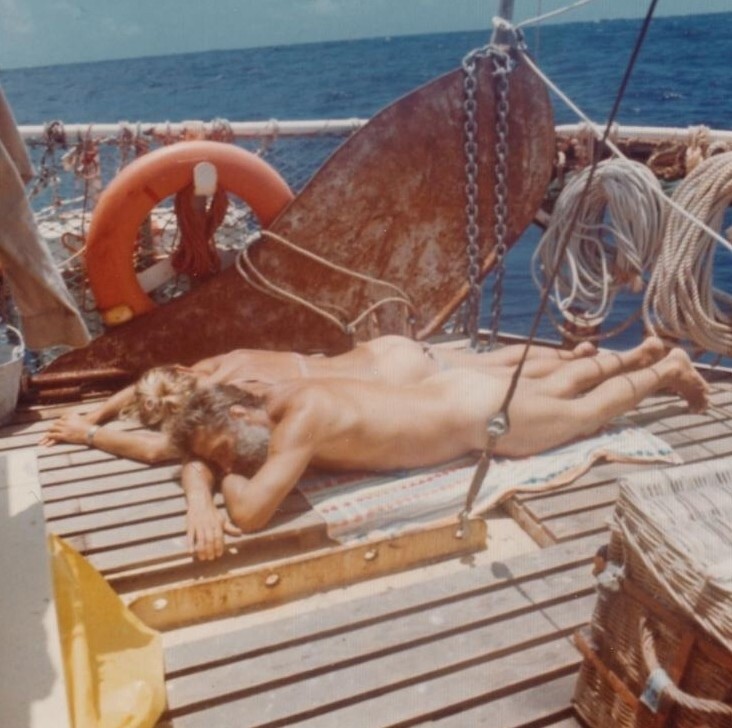
The experiment was difficult. Genoves deliberately initiated conflicts by creating tasks with different scenarios for the participants. He tried to put the team in such a situation that it would turn against one person and ignore him. Once, in an attempt to set people off, the scientist began to publicly read the questionnaires that were filled out for him during the voyage. He chose the most provocative and awkward details in his opinion to cause conflict. This surprised the participants, but even then they did not quarrel.
From time to time, travelers were let down by their equipment. The ship leaked twice, the compass broke, and radio communications were lost several times and were out for weeks. After three months at sea, the raft was found in the ocean by rescuers from Mexico. They towed it to port on August 20, 1973. 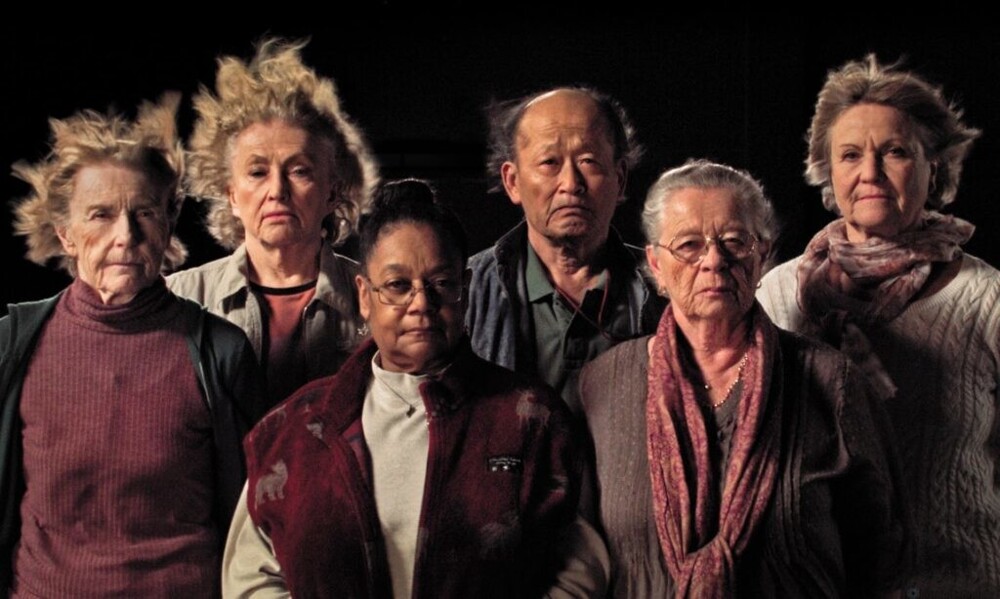
Raft crew years later
Based on the results of the experiment, no clear conclusions of scientific significance were drawn. Not surprisingly, Santiago Genoves was unhappy. Despite all the difficulties and machinations of the scientist, the team behaved quite unitedly. Not only did they not fight with each other, but they did not even make friends with their fellow raftmates. The only person for whom everyone felt persistent hostility was the author of the project himself.
Many years later, after the death of Genoves, journalists managed to bring together the Sex Raft team. A documentary was made about the difficult journey, in which middle-aged participants shared their impressions. To awaken their memories, a stage was built for the film that resembled their ship. 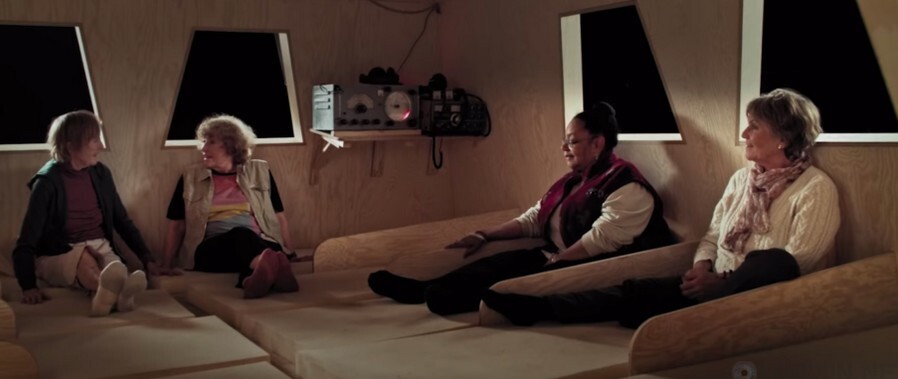
Interviews with eyewitnesses were supplemented with footage filmed on board the raft using a 16mm film camera. The film, which is called “Sex Raft,” turned out to be interesting and makes the viewer think.













